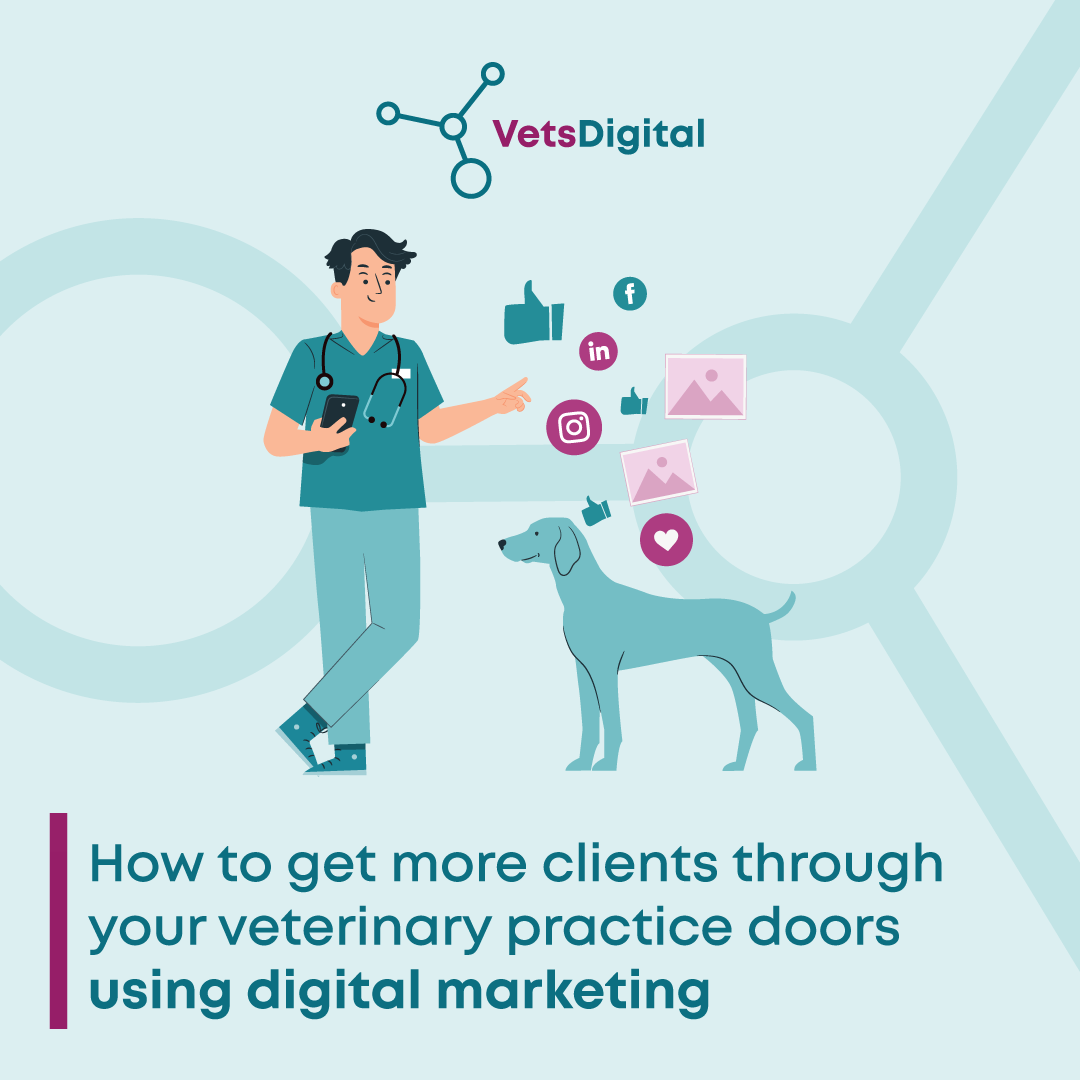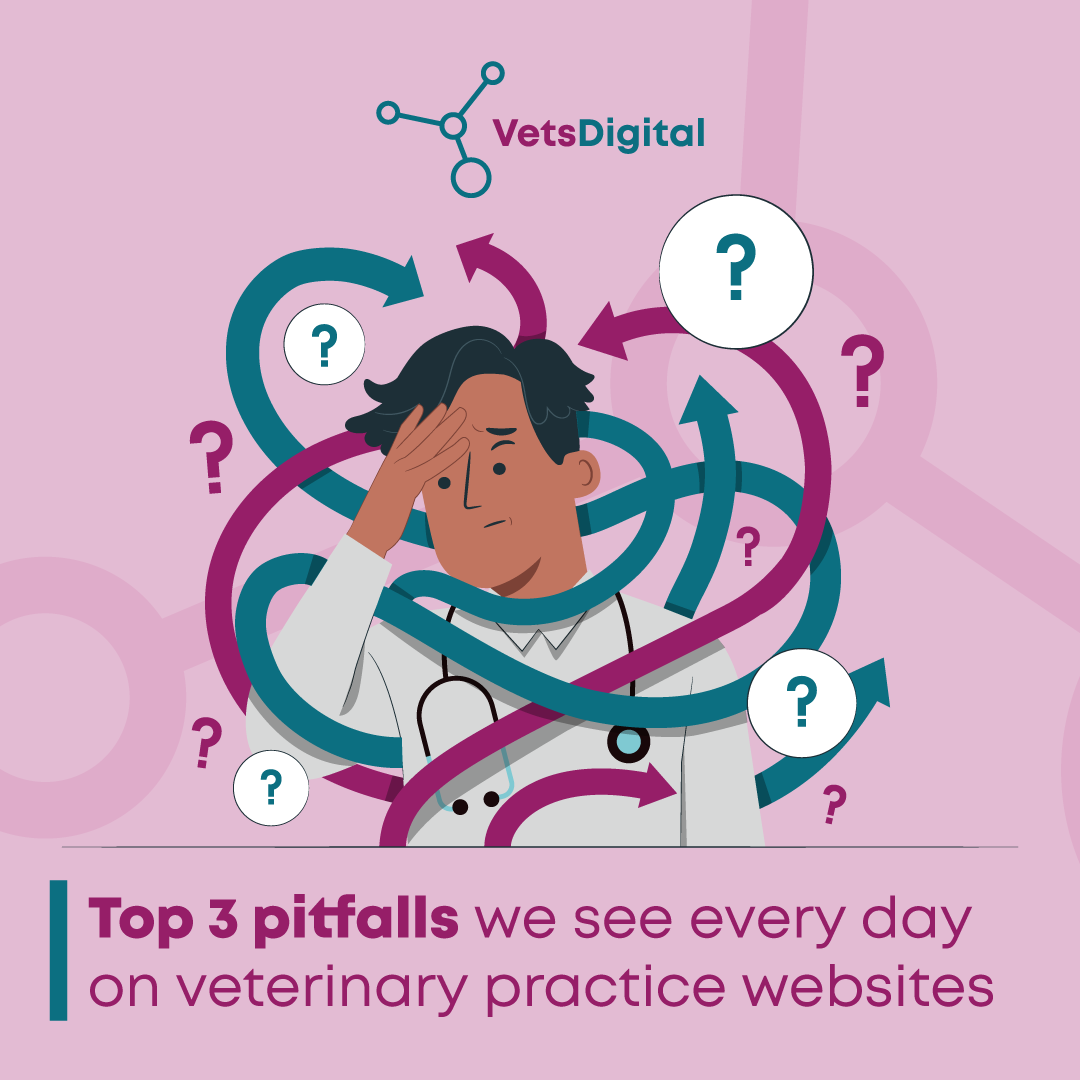News,
“Help! Dr Google is not my friend!”
I’m sure we’ve all had them – the client who turns up for their consult with a pet, a ream of information from some rather eccentric online sources, and a firm (but absolutely wrong) diagnosis. When the vet tries to explain that in actual fact, the reason their pet is itching is the massive flea infestation and not an obscure food allergy, the client becomes angry. They may even leave to seek a “properly educated” (for which, read “more compliant”) practice somewhere else, but even if not, they can cause you untold grief.
So, what can you do about it? Read on for our Five Point Plan!
1) Remember, the internet is here to stay, whether you like it or not.
Trying to discourage clients from using the internet to research their pet’s condition is not only futile, but probably counterproductive. In the current climate of skepticism, it only raises suspicion that we’re trying to hide something.
2) Make use of the opportunity to provide accurate information.
The main problem with clients doing their homework isn’t a well educated client (that should be what we’re aiming for!). It’s the poorly educated client who thinks they know more than they do because they have been browsing biased sources, or have misunderstood what they’ve read. So, provide them with reliable information on your website – so they’ll come to you, not any of the quacks out there.
Yes, there are some very good online resources available for clients, but most clients struggle to distinguish between the good, the bad and the ugly – so provide a curated resource, on a reputable site (i.e. yours) that they know they can trust. Ideally, it should be written by vets or RVNs, and be focused on the diseases and conditions that YOUR practice regularly sees. There’s no point including adder bites as a differential diagnosis if you’re based in Eire, for example!
3) Make sure any resources are pitched at client-level.
This doesn’t mean dumb it down – don’t do that! – but it does mean phrasing it in a client-friendly manner. Try to avoid technical terms such as neoplasia, pruritus, or conjunctivitis, in favour of more accessible phrases (tumour, itching or sore eyes, for example). Where a technical term must be used, explain it clearly the first time you use it. Also, do not assume a great deal of knowledge – as professionals, it’s very easy for us to forget that most members of the public have virtually no knowledge of even human anatomy and physiology, let alone that of their pets.
4) Get the information checked and updated regularly.
Things do move on! It is only recently, for example, that it’s been recognised that Leishmania can be transmitted horizontally in the absence of an insect vector (Karkamo et al, 2014; Nauke et al 2016; Deval et al, 2016). So it’s important that the information you provide moves on as well. That doesn’t mean, of course, that it shouldn’t reflect your practice protocols – if you have a well established and effective way of dealing with a disease or condition, make sure that you include it so that the information reflects what actually happens.
5) Make sure the resources include a “call to action”
They should clearly instruct clients in what to do, and to call you if appropriate – and, of course, they must specify when it is appropriate! Ideally, you could also include a basic triage tool, to help them decide – although the coding and logic to write such a tool are complicated to develop.
Is it worth the effort?
Yes – because if you don’t you can be sure your competitors will be! Adding value to your website increases bonded clients, but also increases traffic to your website which normally results in increased real-world footfall.
If you don’t have the time, or perhaps the expertise, why not ask us to help? We have a wide range of Factsheets for clients, covering dog, cat and rabbit disease conditions and general management, that we can provide – we can even match them to your branding! They’re written by vets, can be customised to your specific requirements, and are regularly updated.
In addition, we offer an Integrated Symptom Checker for your website; it’s written by vets and advises animal owners how urgently they need to see a vet while guiding them in how best to care for their animal in the interim. It is customised to match your website and is seamlessly integrated. It uses your own contact details to encourage client visits when advised and costs just £35 per month.
If you’re interested, you can read more here, or contact us now!
References:
Karkamo, V, Kaistinen, A, Näreaho, A, Dillard, K, Vainio-Siukola, K, Vidgrén, G, Tuoresmäki, N, & Anttila, M (2014) “The first report of autochthonous non-vector-borne transmission of canine leishmaniosis in the Nordic countries”, Acta Veterinaria Scandinavica, 10;56:84
Abstract available at https://www.ncbi.nlm.nih.gov/pubmed/25492266/
Daval, N, Marchal, C, Guillaumot, L, Hüe, T, Ravel, C, Keck, N & Kasbari, M (2016) “First report of autochthonous non-vectorial canine leishmaniasis in New Caledonia, south-western Pacific: implications for new control measures and recommendations on importation of dogs”, Parasit Vectors, 9: 108
Full text available at https://www.ncbi.nlm.nih.gov/pmc/articles/PMC4766704/
Naucke, TH, Amelung, S, and Lorentz, S (2016), “First report of transmission of canine leishmaniosis through bite wounds from a naturally infected dog in Germany”, Parasit Vectors 9: 256
Abstract available at https://www.ncbi.nlm.nih.gov/pmc/articles/PMC4862214/






